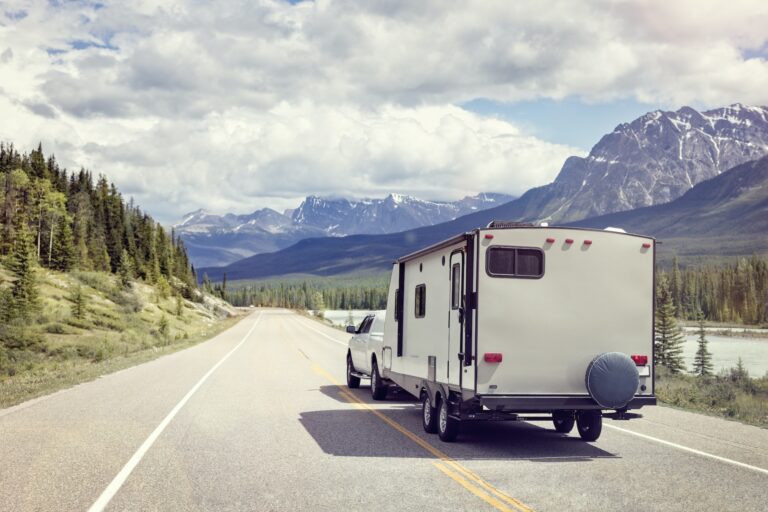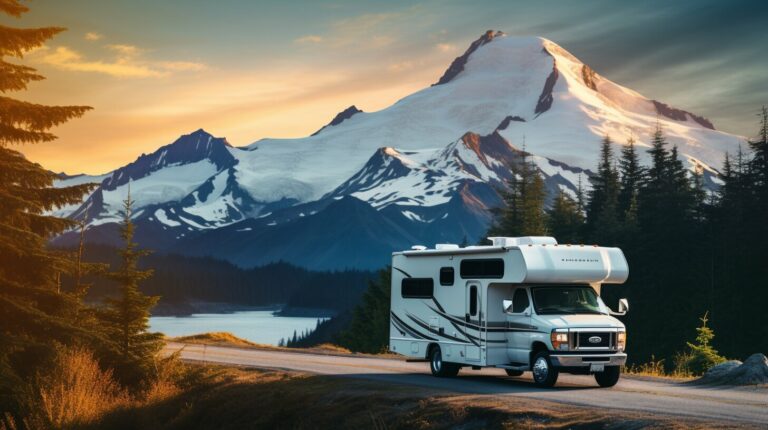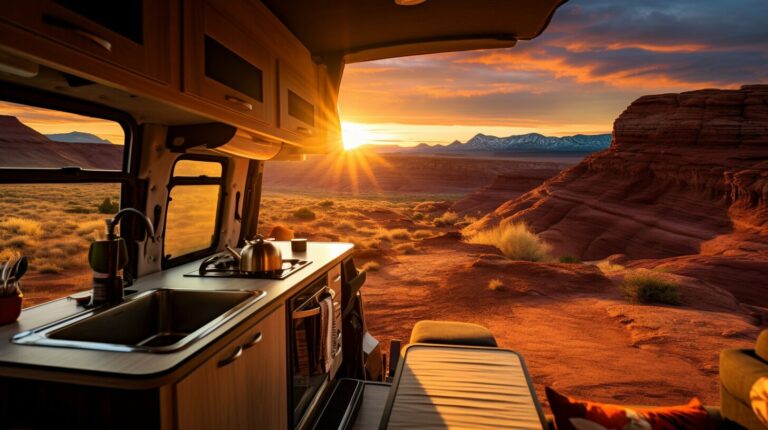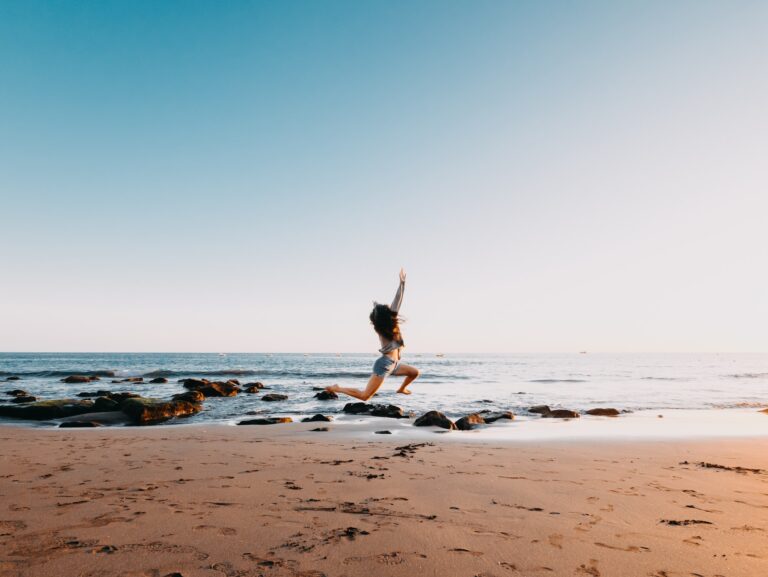The open road awaits, and with it, countless opportunities to create stunning photographs that tell the story of your RV adventures. Whether you’re a seasoned traveler or new to the RVing community, capturing the essence of your journey through photography can be an incredibly rewarding experience. In this blog post, we’ll explore the art of RV photography and provide valuable tips for capturing the best images of your travels.
1. Plan Your Shots
To create captivating images, it’s essential to plan your shots ahead of time. This includes researching your destinations, understanding the best times to photograph, and visualizing the types of images you’d like to capture. Here are some tips to help you get started:
- Research your destinations: Before you hit the road, spend some time researching the locations you’ll be visiting. Look for interesting landmarks, scenic viewpoints, and other unique features that might make for great photo opportunities.
- Golden and blue hours: The golden hour (approximately an hour after sunrise and an hour before sunset) and the blue hour (the period just before sunrise and just after sunset) are prime times for photography. The soft, warm light during these times can create a magical atmosphere and enhance the colors in your images.
- Weather conditions: Keep an eye on the weather forecast and plan your photography sessions accordingly. Overcast days can provide soft, even lighting, while clear days can create harsh shadows. Consider how different weather conditions might impact the mood and feel of your images.
- Create a shot list: Make a list of the specific shots you’d like to capture at each location, including wide-angle landscapes, close-up details, and any special moments or events you want to document.
2. Master the Rule of Thirds
The Rule of Thirds is a fundamental principle in photography that can help you create visually balanced and engaging images. Here’s how it works:
- Divide your frame into a 3×3 grid, with two equally spaced horizontal lines and two equally spaced vertical lines.
- Position your subject or points of interest along these lines or at the intersections of the lines.
By following this guideline, you’ll create a more dynamic composition and draw the viewer’s eye to your subject. Experiment with different compositions and orientations to find the most compelling way to tell your story.
3. Emphasize the RV Lifestyle
RV photography is about more than just capturing beautiful landscapes; it’s also about documenting the unique experiences and emotions that come with the RV lifestyle. Consider incorporating elements that showcase the essence of RVing in your images:
- Include your RV in the frame: Your RV is an integral part of your journey, so don’t be afraid to feature it in your photographs. Try photographing your RV from different angles and perspectives to create a sense of scale and show off its unique features.
- Capture your campsite: Document the moments spent at your campsite, whether it’s setting up chairs around a campfire, cooking dinner outdoors, or enjoying a morning coffee with a scenic view.
- Show the journey: Convey the sense of adventure and exploration by capturing images of your RV on the road, navigating winding mountain roads, or crossing iconic bridges.
- Highlight the community: RVing is about more than just the destinations – it’s also about the people you meet and the connections you make along the way. Capture candid moments with fellow travelers, impromptu gatherings, and other glimpses into the RV community.
4. Utilize a Variety of Lenses and Angles
To create a diverse and visually engaging photography portfolio, experiment with different lenses and angles when capturing your RV adventures:
- Wide-angle lens: A wide-angle lens can capture sweeping landscapes and provide a sense of scale, making it perfect for showcasing the vastness of your surroundings.
- Telephoto lens: A telephoto lens allows you to zoom in on distant subjects and create a sense of depth and intimacy. This can be useful for photographing wildlife, architectural details, or other distant objects.
- Macro lens: A macro lens enables you to capture close-up details and textures, bringing attention to the smaller elements that make up the larger story of your journey.
- Experiment with angles: Don’t be afraid to get creative with your camera angles. Shoot from a low angle to emphasize the size and presence of your RV, or try a high-angle perspective to capture a unique view of your surroundings.
5. Post-Processing Techniques
Post-processing is an essential step in enhancing your RV photography and creating a consistent look and feel for your images. Here are some techniques to consider when editing your photos:
- Adjust exposure and contrast: Fine-tune the brightness, shadows, and overall contrast of your images to ensure that they are well-balanced and visually pleasing.
- Boost colors and saturation: Enhance the colors in your images to make them more vibrant and eye-catching. Be careful not to overdo it, as oversaturated images can lookunnatural and overly processed.
- Crop and straighten: Take the time to crop your images for better composition and ensure that your horizons are level. This can greatly improve the overall appearance of your photos.
- Apply filters and presets: Use filters and presets to create a consistent look and feel for your images. There are many options available, from subtle adjustments to dramatic transformations. Experiment with different styles to find the one that best suits your aesthetic.
- Sharpen and reduce noise: Fine-tune the sharpness and clarity of your images by applying sharpening and noise reduction techniques. This can help to bring out details and create a more polished final result.
6. Tell a Story Through Your Images
One of the most powerful aspects of photography is its ability to tell a story. As you capture your RV adventures, think about the narrative you want to convey and how your images can work together to create a cohesive and engaging story:
- Capture a range of emotions: Document the highs and lows of your journey, from the excitement of discovering new places to the challenges of life on the road. This will help to create a more authentic and relatable story.
- Showcase the passage of time: Use your images to illustrate the passage of time, from the changing seasons to the transformation of your campsite as you settle in for the night.
- Create a sense of progression: Organize your images in a way that creates a sense of progression, whether it’s following a chronological order or building towards a climactic moment.
- Incorporate text and captions: Supplement your images with text and captions that provide context and additional insights into your journey. This can help to create a more immersive and interactive experience for your audience.
7. Share Your Images With the World
Now that you’ve honed your RV photography skills, it’s time to share your work with the world! There are many platforms and communities where you can showcase your images and connect with fellow RV enthusiasts:
- Social media: Share your images on platforms like Instagram, Facebook, and Pinterest to reach a wider audience and engage with fellow travelers. Use relevant hashtags and geotags to increase your visibility and connect with others who share your interests.
- Blogging: Create a blog to document your RV adventures and share your photography in a more in-depth and personal format. This can also be a great way to share tips, stories, and other insights with your audience.
- Photography websites and forums: Submit your images to RV and travel photography websites, forums, and contests to gain exposure and receive feedback from other photographers.
- Print and display: Consider turning your favorite images into prints, photo books, or wall art to showcase in your RV or home. This can serve as a constant reminder of your adventures and provide a tangible connection to your experiences on the road.
Conclusion
Capturing the essence of your RV adventures through photography is an art form that requires creativity, planning, and a keen eye for detail. By following these tips and techniques, you’ll be well on your way to creating a stunning visual record of your travels that you can share with friends, family, and fellow RV enthusiasts. Hit the open road, explore new destinations, and don’t forget to bring your camera along for the ride!






